Guatemalan cuisine is a rich tapestry of flavors, colors, and traditions, reflecting the country’s diverse culture and history. Nestled in Central America, Guatemala boasts a culinary heritage influenced by its indigenous Mayan roots, Spanish colonization, and neighboring Latin American cultures.
This article explores the distinctive elements of Guatemalan cuisine, highlighting its traditional dishes, ingredients, cooking methods, and the cultural significance of food in Guatemalan society.
The backbone of Guatemalan cuisine lies in three staple ingredients: corn, beans, and chiles. These elements have been integral to the diet of the indigenous Maya people for centuries and continue to be central to the country’s culinary identity.

Corn, or maíz, is not just a food but a symbol of life and culture in Guatemala. It is the primary ingredient in many traditional dishes, such as tortillas, tamales, and atole. The tortilla, a flatbread made from ground maize, is a staple at every meal.
Guatemalans take great pride in their tortillas, which vary in size, thickness, and preparation methods across regions.
Tamales, another beloved dish, are made from masa (a dough made from nixtamalized corn) filled with meats, vegetables, or sweet fillings, wrapped in banana leaves, and steamed. They are often prepared for special occasions and celebrations.
Learn about the modern Mayan culture in Guatemala and discover how ancient traditions continue to influence daily life.

Beans, particularly black beans, are another dietary staple. They are commonly served boiled, refried, or as a base for soups and stews. Beans are a versatile ingredient, providing a rich source of protein and fiber. They are often paired with rice, creating a simple yet satisfying meal.
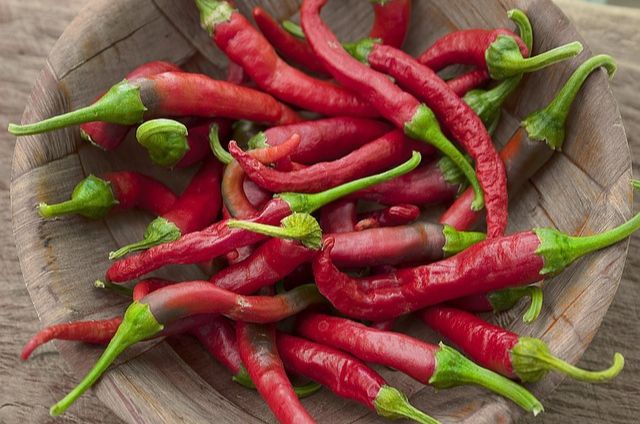
Chiles play a significant role in Guatemalan cuisine, adding depth and complexity to dishes. While Guatemalan food is generally not as spicy as that of its Mexican neighbors, chiles are used to impart flavor rather than heat.
Some of the most commonly used varieties are the chile guaque, chile paste, and chile habanero. These chiles are often dried and ground into powders or pastes, used to season meats, soups, and sauces.
Guatemala’s culinary landscape is vast and varied, with each region offering its unique specialties. Here are some traditional dishes that exemplify the country’s rich gastronomic heritage:
Pepian is a flavorful stew often considered Guatemala’s national dish. This hearty dish features a rich, spiced sauce made from roasted tomatoes, tomatillos, chiles, and spices blended to a smooth consistency.
The sauce is then simmered with meat, usually chicken or beef, and served with rice and tortillas. The flavors of pepian are deep and complex, with a subtle smokiness from the roasted ingredients and a mild heat from the chiles. This dish showcases the intricate spice blends characteristic of Guatemalan cuisine.
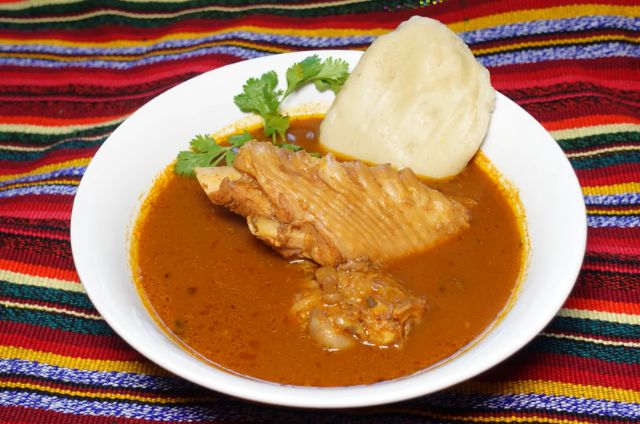
A traditional dish from the Q’eqchi’ Maya people, kak’ik is a turkey soup flavored with a blend of spices and herbs. The name kak’ik means “red soup” in the Q’eqchi’ language, referring to the soup’s vibrant color, which comes from the use of red chiles and achiote (annatto).
The turkey is cooked with tomatoes, bell peppers, cilantro, and other seasonings, creating a fragrant and hearty broth. Kak’ik is often served with rice and tortillas, and it holds cultural significance as a dish enjoyed during special occasions and ceremonies.

Jocon is a green sauce made from tomatillos, cilantro, green onions, and other green herbs and vegetables. It is typically served with chicken, which is simmered in the sauce until tender.
The result is a vibrant, herbaceous dish with a tangy and slightly spicy flavor. Jocon is a great example of how Guatemalan cuisine makes use of fresh, local ingredients to create bright and flavorful dishes.
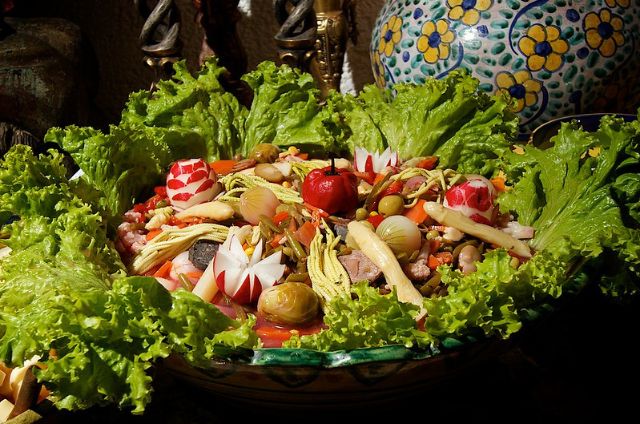
Fiambre is a traditional dish served on All Saints’ Day and All Souls’ Day (Día de Todos los Santos and Día de los Difuntos) in November. It is a cold salad made from a mix of vegetables, meats, cheeses, and pickled ingredients.
The recipe for fiambre varies from family to family, and it can include ingredients such as sausages, chicken, ham, olives, beets, carrots, and more.
The dish is dressed with a vinegar-based dressing, giving it a tangy and refreshing taste. Fiambre is a unique dish that reflects the blending of various culinary traditions in Guatemala.
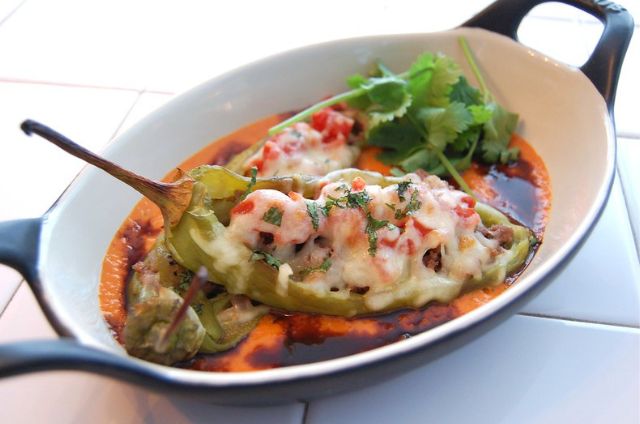
In Guatemala, chiles rellenos are bell peppers stuffed with a mixture of ground meat, vegetables, and spices. The stuffed peppers are then dipped in an egg batter and fried until golden brown.
They are typically served with rice and a tomato-based sauce. This dish is a delicious blend of flavors and textures, with the sweetness of the bell peppers complementing the savory filling.
Street food is an essential part of Guatemalan culinary culture. Vendors selling snacks and quick bites can be found in markets, streets, and plazas nationwide.
Here are some popular street foods that offer a taste of everyday Guatemalan life:
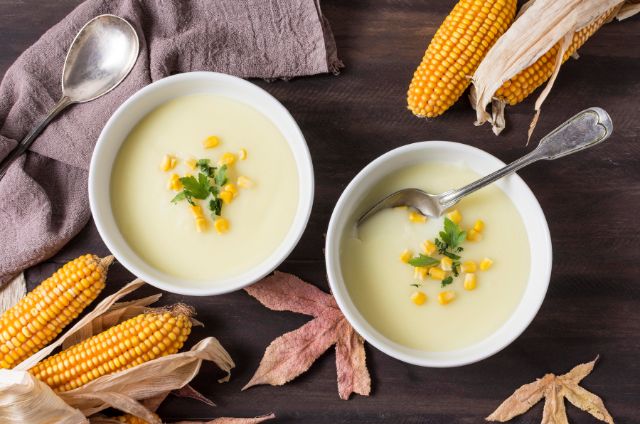
Atol is a traditional hot drink made from cornmeal, water, and various flavorings. There are many varieties of atol, including atol de elote (made from fresh corn), atol de platano (made with plantains), and atol de arroz (made with rice).
This comforting beverage is thick and creamy, often sweetened and flavored with cinnamon, vanilla, or chocolate. It is a popular choice for breakfast or as a snack.
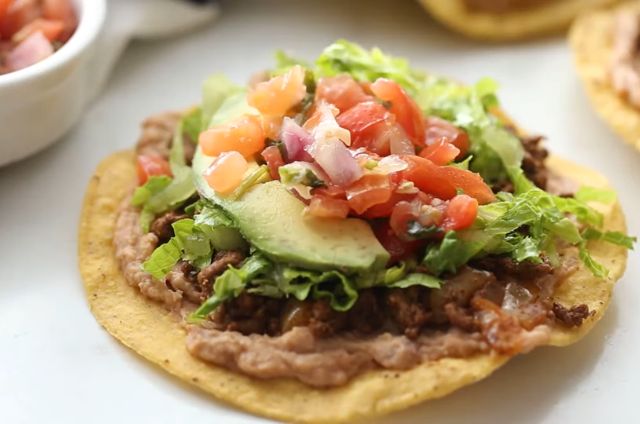
Tostadas are crispy corn tortillas topped with a variety of ingredients. Common toppings include refried beans, guacamole, salsa, and shredded cabbage.
Tostadas are versatile snacks that offer a combination of crunchy, creamy, and spicy flavors. They are often garnished with cheese, cilantro, and hot sauce.
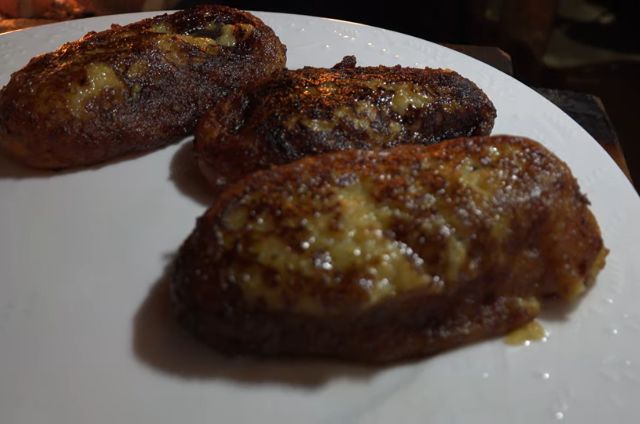
Rellenitos are a sweet snack made from mashed plantains filled with sweetened black beans. The filled plantains are shaped into small balls or ovals, fried until golden, and dusted with sugar. Combining the sweet plantains and the slightly savory beans makes for a unique and satisfying treat.

Shucos are Guatemalan-style hot dogs. They are typically made with a grilled sausage, served in a bun and topped with a variety of condiments such as avocado, mayonnaise, ketchup, mustard, and cabbage. Some versions also include grilled meats, like steak or chorizo. Shucos are a popular street food, especially in Guatemala City, offering a hearty and flavorful snack.
Guatemala has a rich tradition of sweets and desserts, often enjoyed during festivals and special occasions. Here are some notable treats:
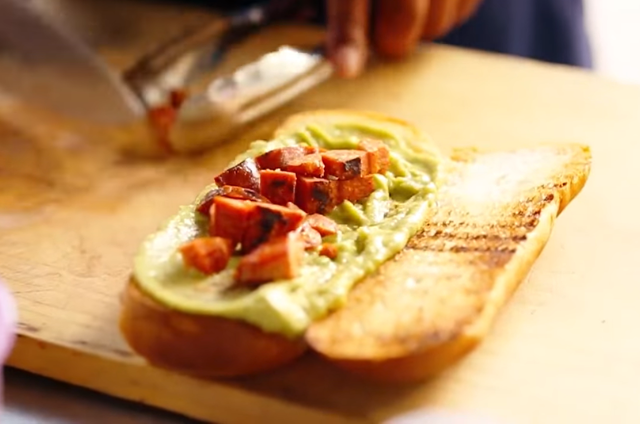
Tres leches cake is a moist and decadent dessert made from a sponge cake soaked in three types of milk: evaporated milk, condensed milk, and heavy cream. The cake is then topped with whipped cream and sometimes fruit. This rich and creamy dessert is a favorite in Guatemala and throughout Latin America.
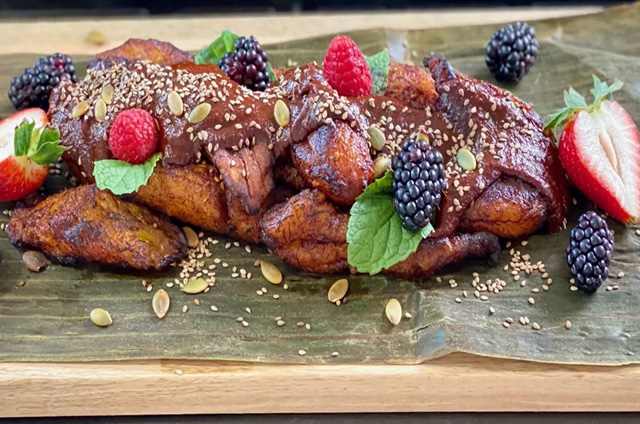
Mole de plátano is a sweet dish made from plantains cooked in a rich sauce of chocolate, cinnamon, and other spices. The plantains are first fried and then simmered in the sauce until tender. The result is a dish that is both sweet and slightly savory, with the deep flavors of chocolate and spices.

Buñuelos are deep-fried dough balls, similar to doughnuts, often served with a sweet syrup made from sugar and cinnamon. They are crispy on the outside and soft on the inside, making them a delightful treat during holidays and festivals.

In Guatemala, food is more than just sustenance; it is a reflection of the country’s rich cultural heritage and diverse traditions. Meals are often a communal experience, bringing families and communities together. Traditional dishes are passed down through generations, preserving the culinary knowledge and cultural practices of the past.
Food also plays a significant role in religious and cultural celebrations. For example, fiambre is closely associated with Día de Todos los Santos and Día de los Difuntos, when families honor their deceased loved ones. Similarly, tamales are a common offering during Christmas, Semana Santa (Holy Week), and other festive occasions.
In rural areas, traditional cooking methods and ingredients are still widely used. Many families grow their own corn, beans, and vegetables and prepare meals using ancient techniques such as cooking over an open fire or using clay pots. These practices contribute to Guatemalan cuisine’s unique flavors and connect people to their land and heritage.
Guatemalan cuisine is a vibrant and diverse culinary tradition that reflects the country’s rich cultural history. Guatemalan food offers a delicious journey through the country’s history and culture, from the staple ingredients of corn, beans, and chiles to the myriad of traditional dishes, street foods, and sweets.
Whether enjoyed at a family gathering, a street market, or a festive celebration, the flavors of Guatemala are a testament to the enduring legacy of its people and their love for good food.
Counter
101 Countries • 1432 Cities